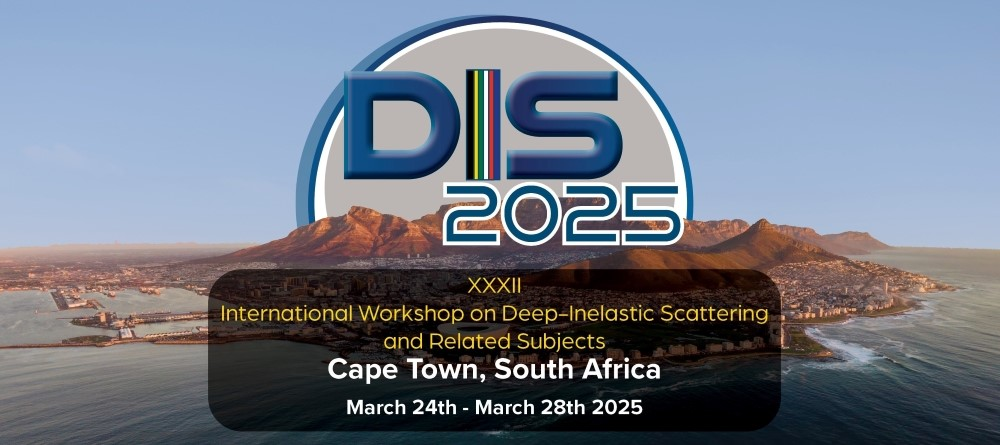Speaker
Description
With the conclusion of proton-proton collision data-taking in 2024, the ATLAS experiment has now integrated a luminosity exceeding 180 fb^{-1} during the Run 3 period, which began in July 2022 following Long Shutdown 2 (LS2). During LS2, a series of detector upgrades were implemented, including the installation of the New Small Wheel (NSW), a major upgrade that involved replacing the innermost stations of the Muon Spectrometer endcaps. The ATLAS Muon Spectrometer, the largest muon system ever built at colliders, now comprises both legacy gaseous detectors—Monitored Drift Tubes (MDT), Thin Gap Chambers (TGC), and Resistive Plate Chambers (RPC)—which have been in operation for over 15 years, as well as newer technologies like Micromegas and small-strip TGCs in the NSW. These new systems are now in stable operation following an extensive phase of construction and commissioning, providing enhanced muon tracking and trigger capabilities. This presentation will cover the performance of the Muon system, focusing on the stability of the legacy detectors over time, their ability to handle increasing luminosity and associated irradiation levels, and studies on detector ageing. Emphasis will be placed on the NSW upgrade, including the strategies adopted for simulation, alignment, track reconstruction, and trigger.
